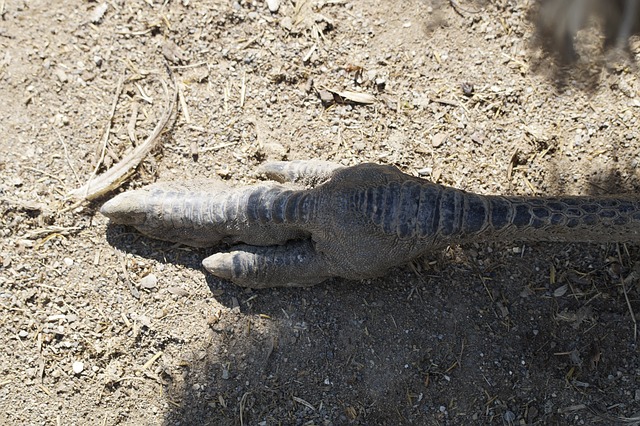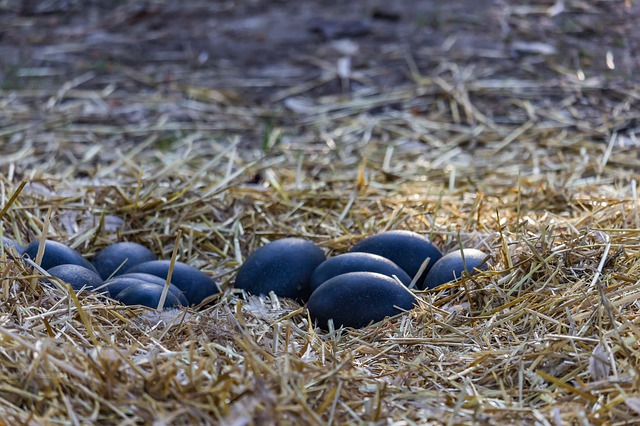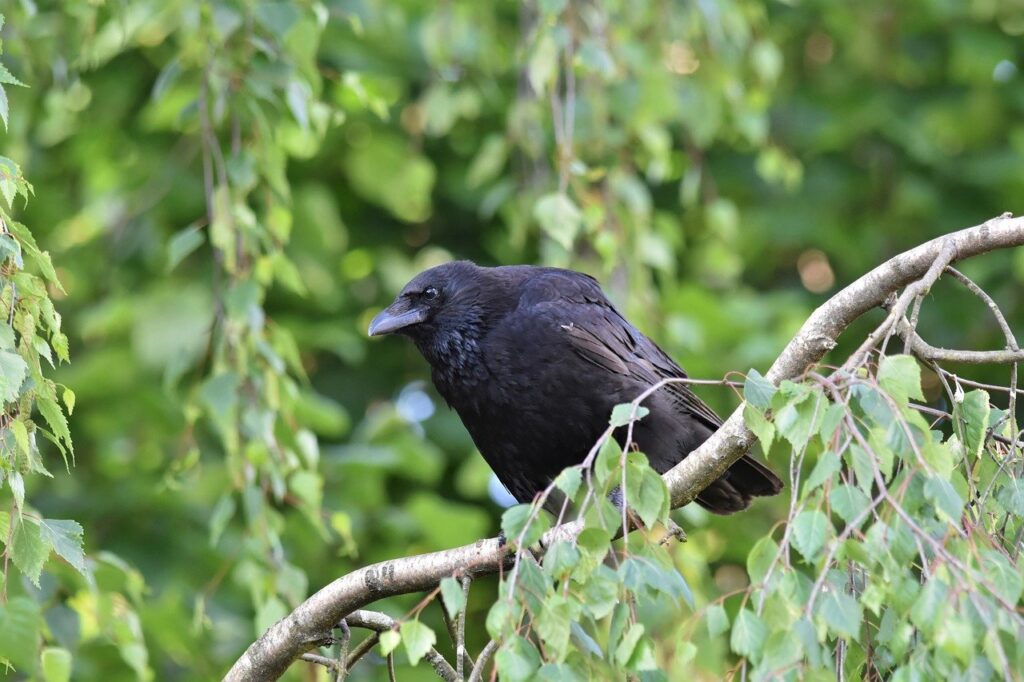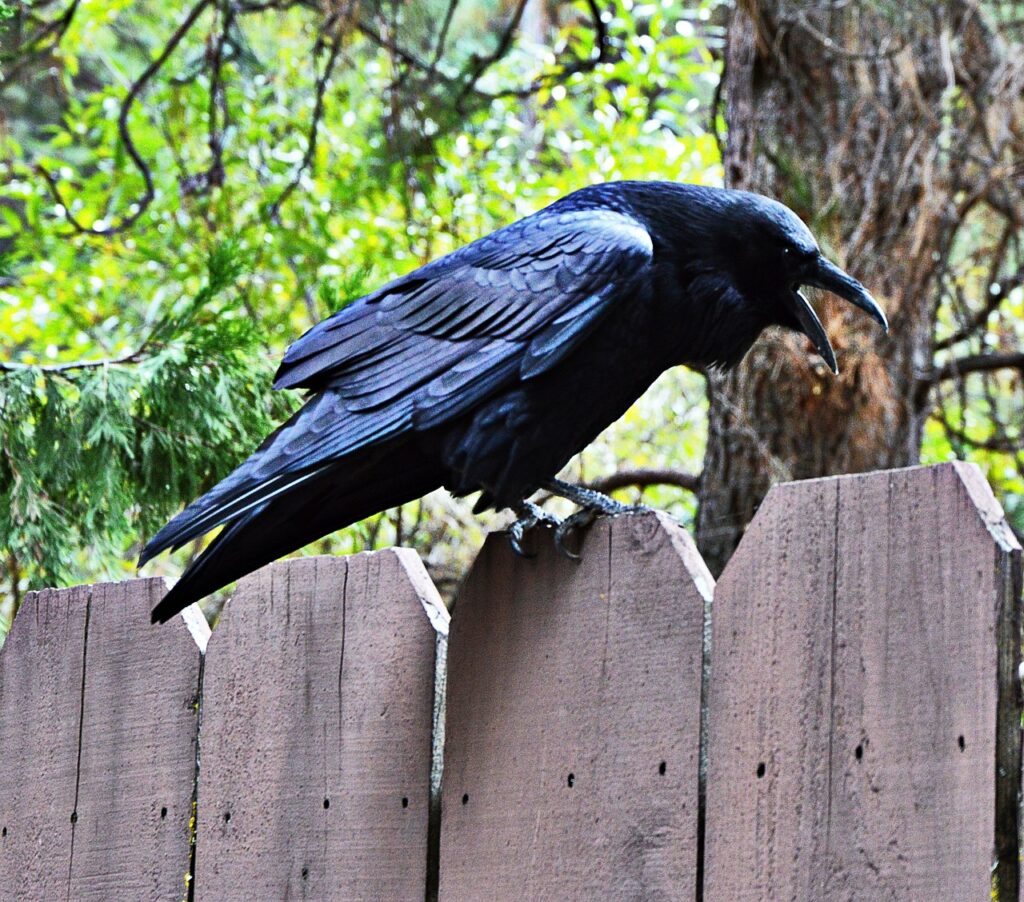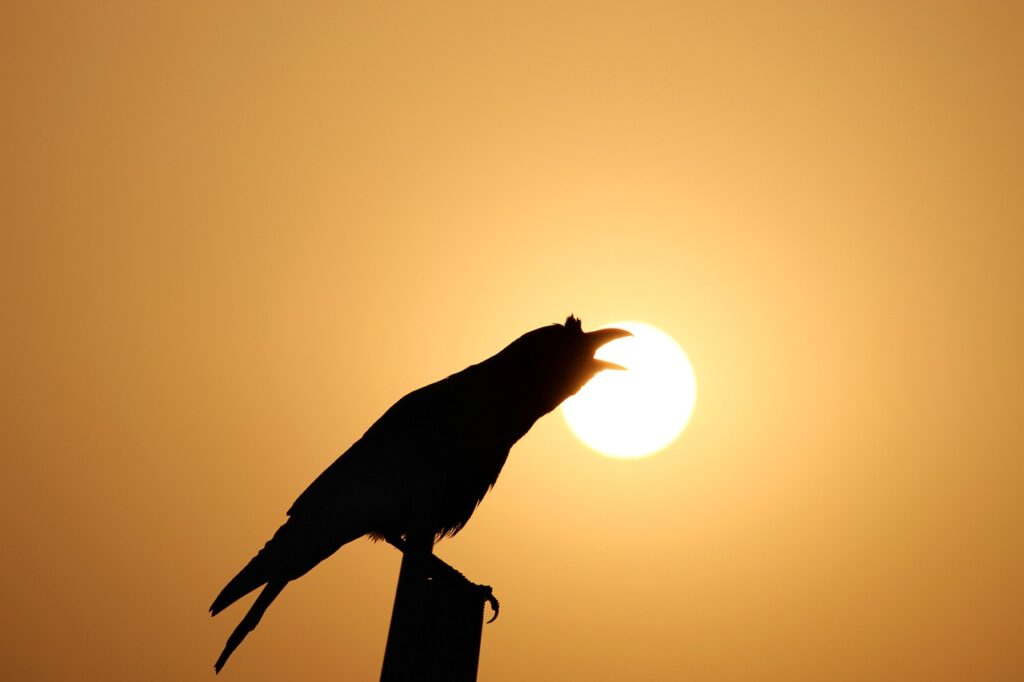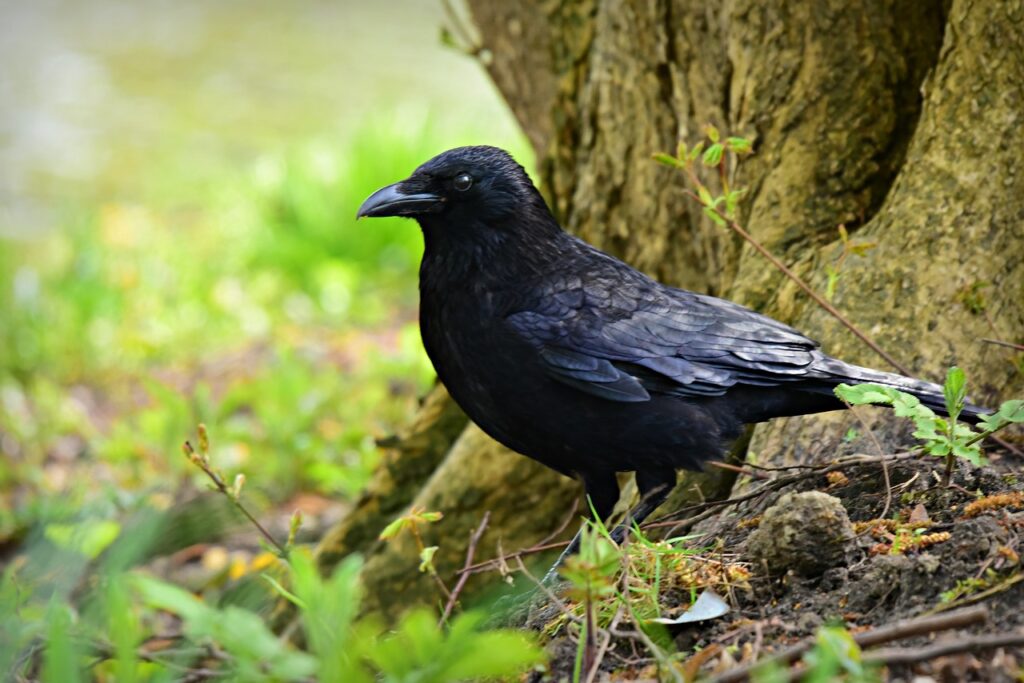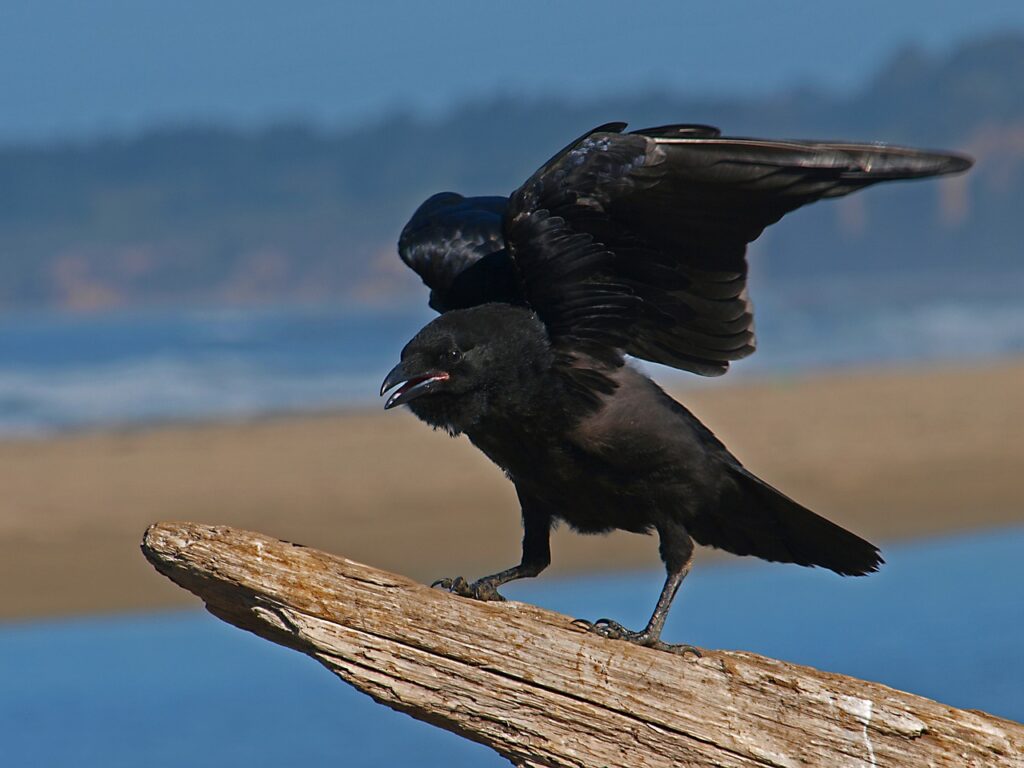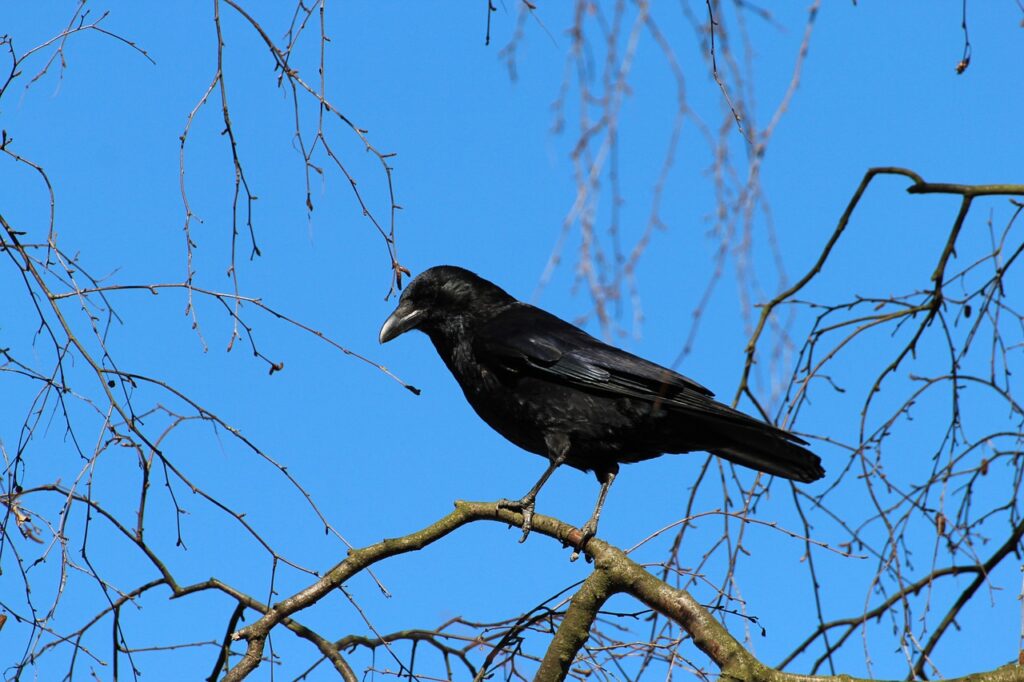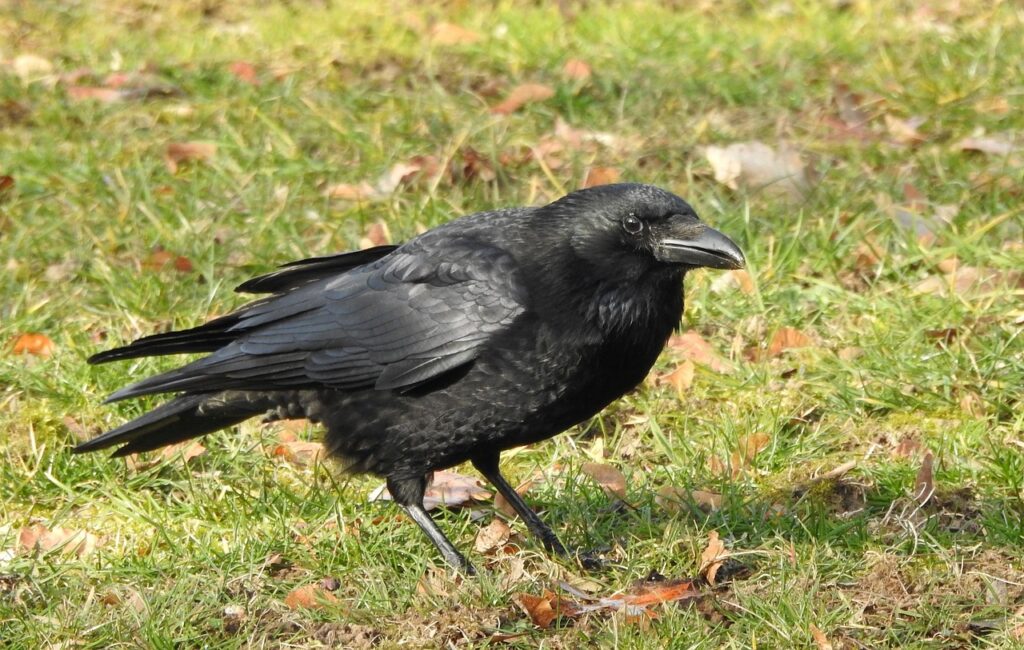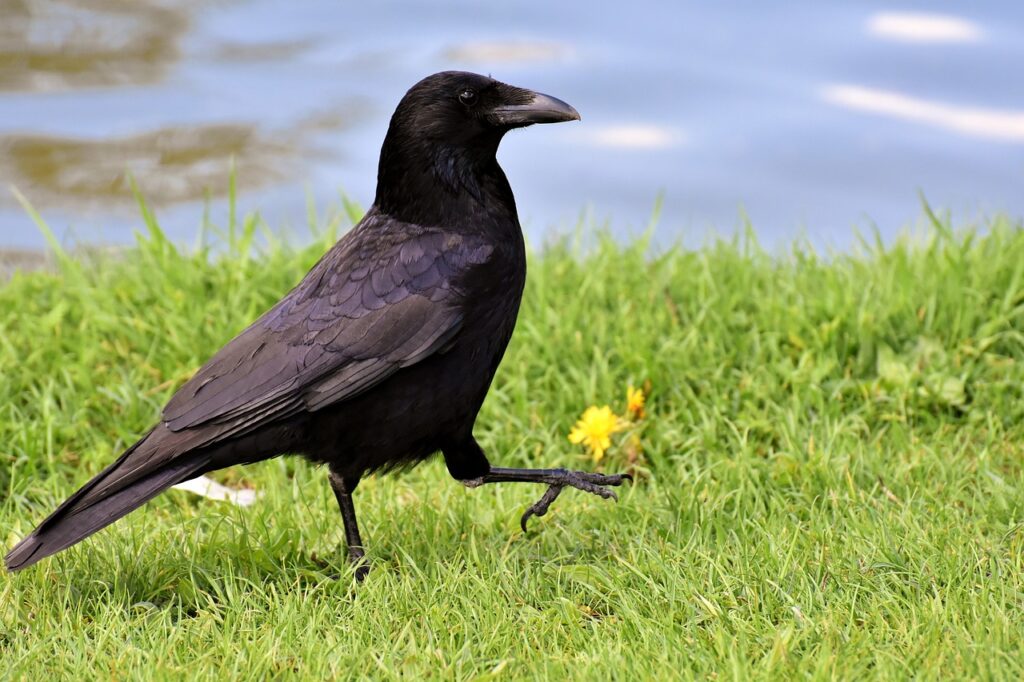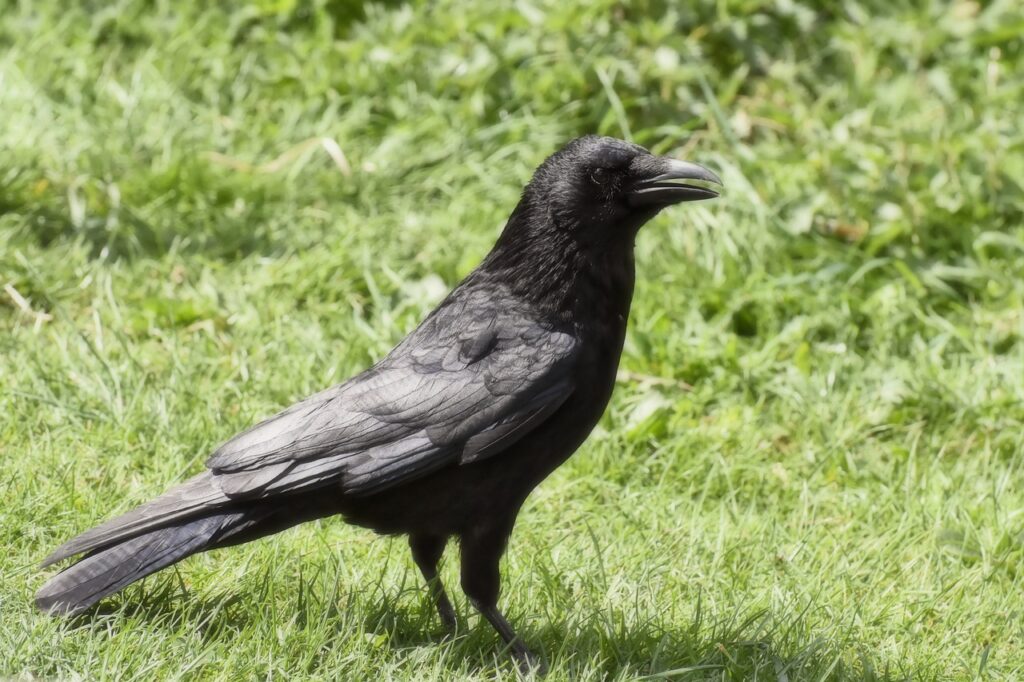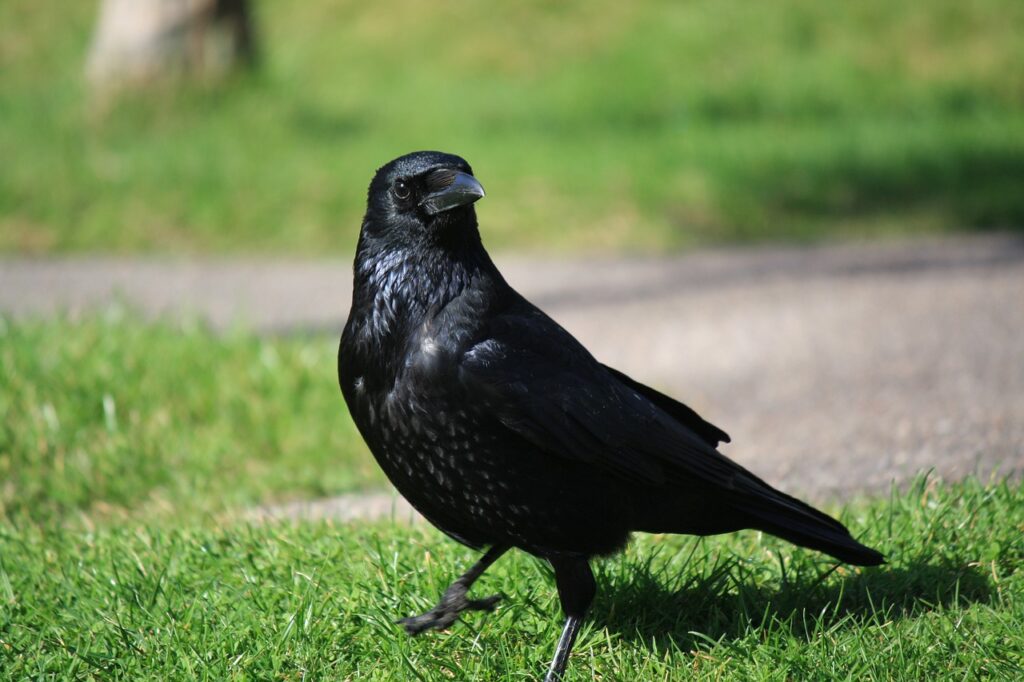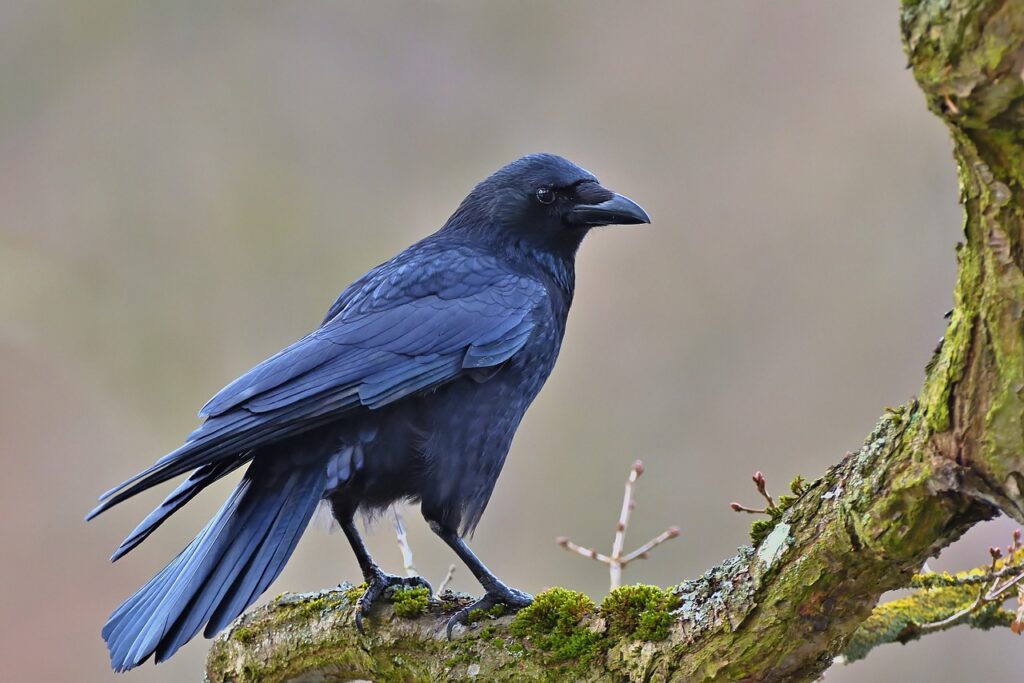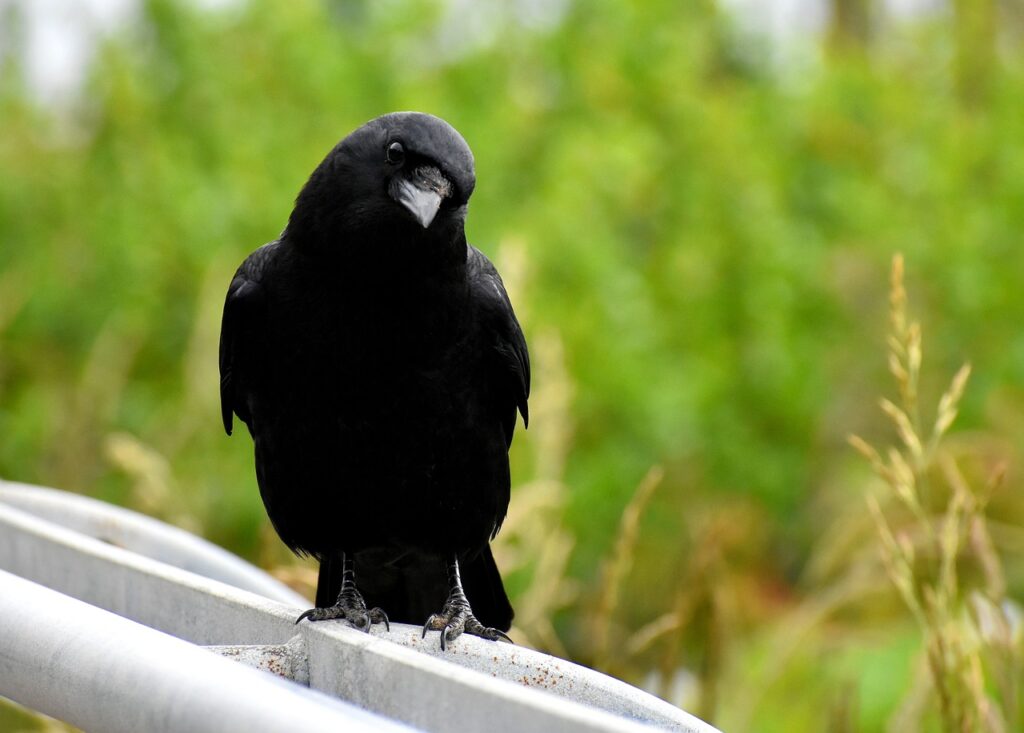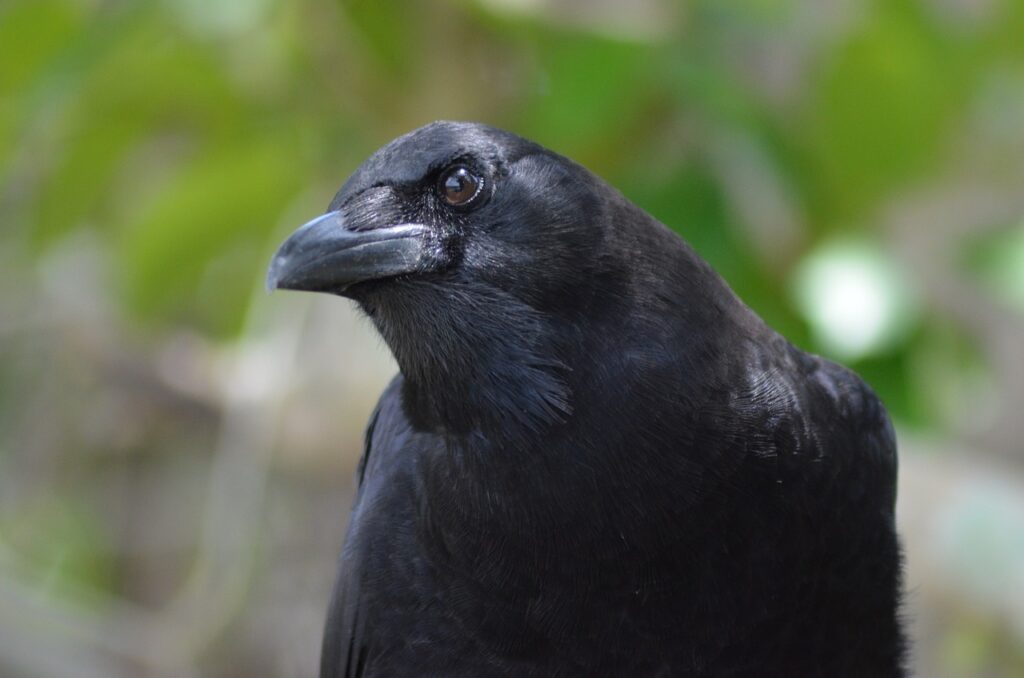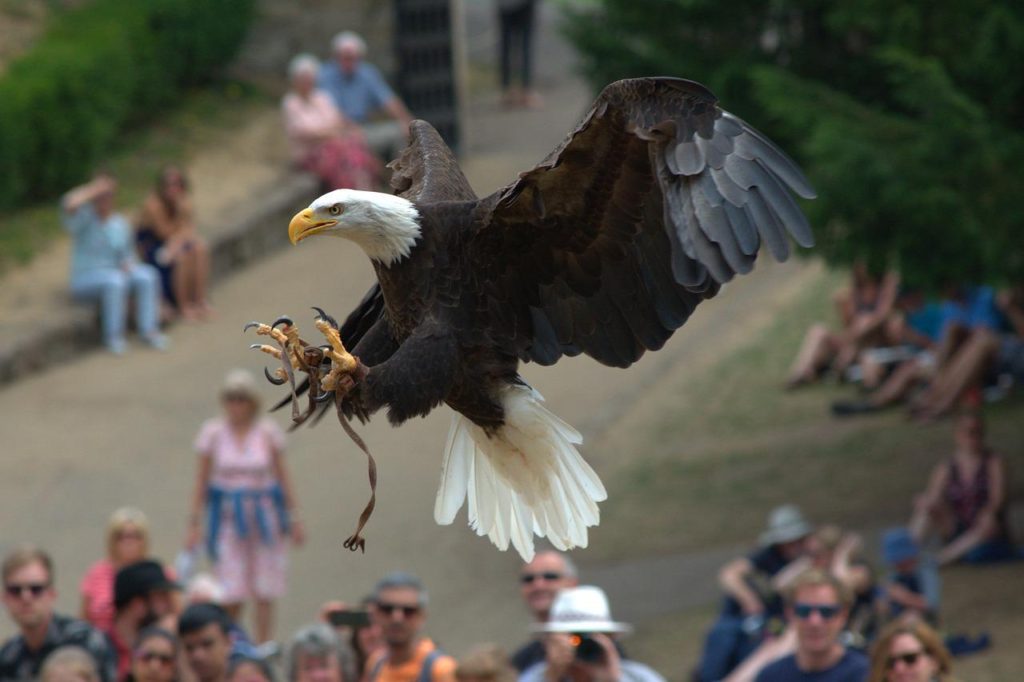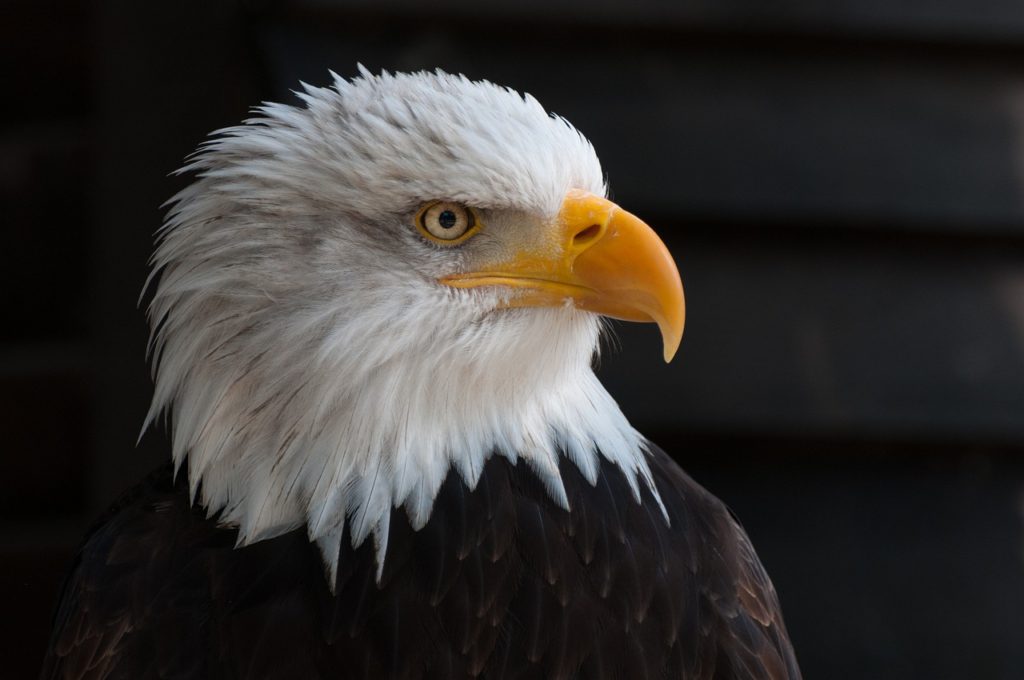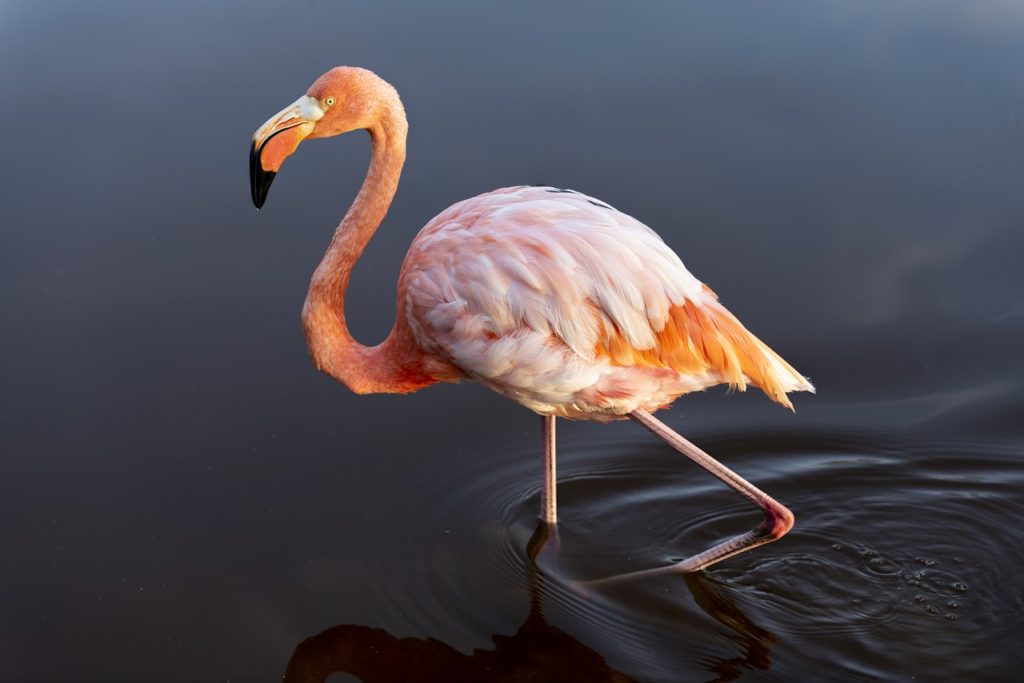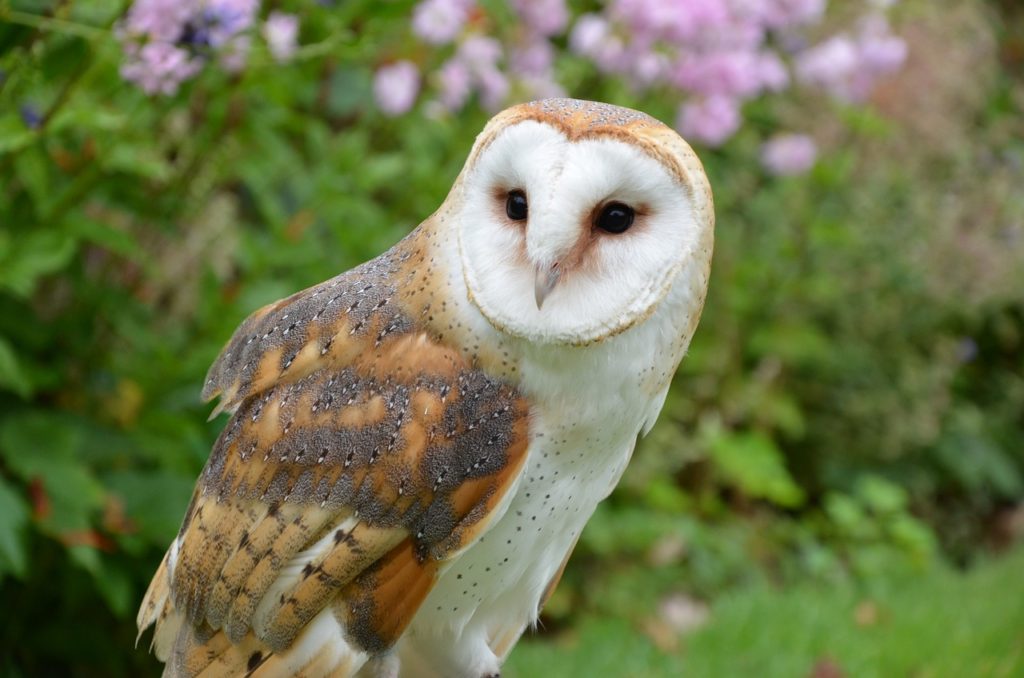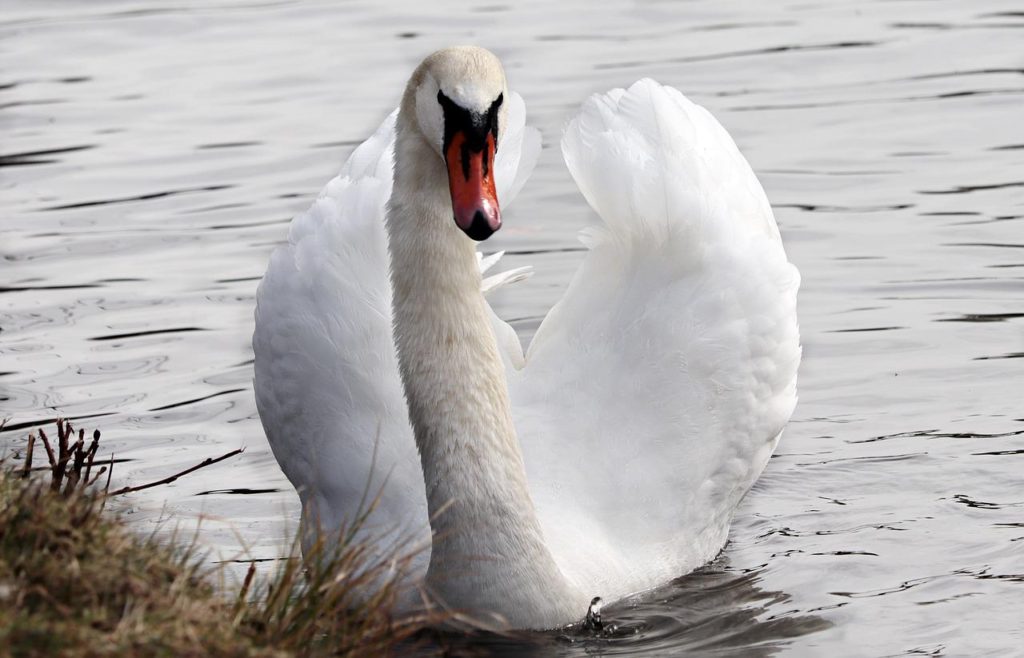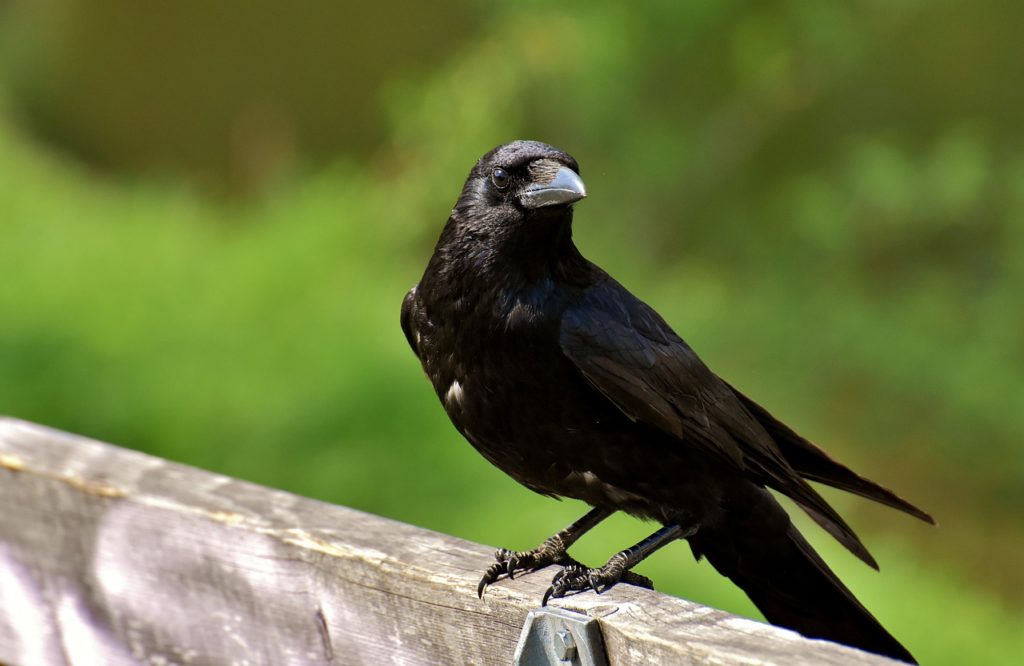
Did you know? One emu egg can make an omelet that can feed up to six adults. Did you know that the emu is the only bird with calf muscles? Can an emu walk backward? Let us find out by exploring some of the most jaw-dropping emu facts.
Emus Have Amazingly Powerful Legs
Emus are the only birds with calve muscles, which enables them to jump 7 feet straight up in the air. With their super strong legs, emus can perform extremely powerful kicks that can maim predators and even tear down metal fencing. Emus are generally not dangerous birds but they are very defensive when it comes to their young ones.
The Emu Is A Naturally-Built Runner
Emu feet are adapted for long-distance running and sprinting. Calf muscles allow them to sustain a speed of 50 km/h with an average 3-meter stride. The emu has three forward-facing toes on each foot. This allows it to firmly grip the ground and helps in thrusting the bird forward.
The Emu is Not Able to Walk Backwards
Most animals can walk in all directions: forward, backward, and sideways. However, animals such as emus and kangaroos cannot walk backward. Some scholars suggest that the emu’s knee joint prevents backward movement.
The Emu Appears With A Kangaroo On The Australian Coat Of Arms
Because emus and kangaroos cannot walk backward, the Australian government decided to use them both on the coat of arms to symbolize the nation’s resolve to always move forward and never back. And of course, these two special animals are also only found in Australia.
More Than 600 Places in Australia Are Named After The Emu
One of the most interesting facts about emus is simply how many places in Australia are named after them, more than 600! These include waterholes, creeks, plains, hills, lakes, and mountains. The emu is a cultural icon of Australia. It appears in various coins as well as the coat of arms. The emu occupied a special place in indigenous Australian mythology.
These flightless Australian birds live in various habitats across Australia both near the coast and inland. The development of agriculture on the east coast of Australia has made emus uncommon there. They are mostly found in Western Australia.
They Belong To The Same Family As Ostriches
Emus are members of the ratite family which also includes other flightless birds such as rheas, cassowaries, and ostriches. These birds are mostly found in Africa and the south pacific.
The Emu Is The Second Tallest Bird On Earth
It is only exceeded by the ostrich. The tallest emus can reach between 150 and 190 cm. Adult emus weigh up to 60 kg. They are the fourth heaviest living bird.
Emus Have Very Small Wings
An emu’s wing is only about 5 to 10 centimeters long. The small vestigial wings of an emu can flap but they don’t aid mobility. Unlike ostriches, they don’t need big wings because predators are less of an issue to emus.
An ostrich needs large wings that can help it change direction easily when faced with African predators such as a lion. The main predators that emus face are dingoes and they can easily outrun dingoes except for young emus.
Emu Eggs Are 8 Times Larger Than The Eggs Of An Average Chicken
But wait, there are several more mind-blowing emu egg facts. A chicken’s egg weighs 60 grams and contains 65% egg white to 35% yolk while an emu’s egg weighs 10 times more (600 grams) and has 55% egg white to 45% yolk. The yolk is the most nutritious part of an egg.
It’s no wonder Australians are buying more emu eggs, they’re more nutritious than chicken eggs and much bigger. Only a single emu egg can be used to bake a cake or create scrambled eggs for three adults with leftover egg still remaining.
The Emu is Equipped with Natural Sunscreen
How does the emu manage to live in hot and arid habitats? One of the lesser-known emu facts is that it is able to keep cool because of its plumage. Emu feathers are shaggy, dark brown, and not streamlined which gives them protection from solar radiation.
The plumage of the emu varies according to the environment and they usually reflect the general hue of their surroundings. Young emus have additional longitudinal tan stripes that provide extra camouflage.
Start Shopping for Birding Supplies!
Crow Symbolism: Everything You Need To Know
Ever wondered why the crow has captured the imagination of so many cultures throughout history? Let's embark on a fascinating journey through the world of crow symbolism, unraveling its mysteries and discovering its significance across various cultures, religions, and...
Creepy Facts About Crows
Crows are highly intelligent birds that have thrived alongside us humans. However, while they are fascinating creatures, at the same time, there are many things about them that many people find quite unsettling. That being said here as some of the most creepy facts...
Why Are Crows So Loud?
As anyone who has heard their loud "caws," can tell you, crows are very noisy birds. In fact, they are considered one of the loudest of all bird species. But why are crows so loud? Read on to find out. The Importance Of Vocalizations Crows use vocalizations to pass on...
Do Crows Remember Faces?
Crows are known for their intelligence. But do crows remember faces? You bet they do! Here's what you'll want to know. Crow Intelligence Crows are brilliant birds. In fact, their level of intelligence is often compared to that of primates. They are so smart that they...
Why Are Crows Black?
American crows are birds with all-black plumage. But why are crows black? Well, there are several reasons. Read on to find out. Bird Color Basics Birds are some of the most colorful creatures on the planet. And they come in an amazing range of colors from white to...
Are All Crows Black?
When it comes to crows, most people are familiar with the image of a sleek-looking solid black bird. But are all crows black? No, they aren't. Here's what you'll want to know. The American Crow Is Not All Crows The American crow is found throughout most of North...
How Long Do Crows Live?
How long do crows live? That's one of the many questions people ask about these familiar all-black birds. Here's what you'll want to know about the lifespan of crows and what affects it. How Long Do Crows Live In The Wild? In the wild American crows have a lifespan of...
Enemies Of Crows
Crows are a common sight in many parts of the world. However, most of us don't realize that these distinctive jet-black birds face a range of threats even when they are in our own backyards. The following are the main enemies of crows. Natural Predators of Crows One...
Predators of Crows
In many places, crows are such a common sight that it can be easy to forget that they actually have many predators. And being "on the menu," for a range of other animals is actually why these birds are so wary. That being said, here is everything you'll want to know...
Are Crows Territorial?
Are crows territorial? The answer is yes. However, just how territorial they are can depend on several factors. Here’s what you’ll need to know. Territoriality In Birds Territoriality is the behavioral trait of defending and maintaining a specific area territory...
What Eats Crows?
Crows are large and highly intelligent birds that eat a wide variety of foods including many other animals. So, what eats crows? Here are the most common crow predators and what you’ll want to know about them. Birds Of Prey The birds of prey are a group of predatory...
Are Crows Friendly?
Crows are commonly seen, and heard, in close proximity to us in our towns and cities. But are crows friendly? The answer may surprise you. Crows Are Highly Social Birds Crows are social birds that live in family groups. And they are well known for forming close bonds...
Do Crows Mate For Life?
Do crows mate for life? Yes, they do. And this behavior is highly advantageous to them. Here's what you'll want to know. How Do Crows Attract A Mate? Crows are social birds; most of the year, they live in small family groups. During the breeding season, however,...
Birds With Talons
All birds have claws. However, only a few types have the scary-looking and dagger-sharp claws called, “talons”. So here are the birds with talons and what you’ll want to know about each of them. What Are Talons? Talons are the claws of a group of predatory birds known...
Birds With Tails
Just like birds themselves, birds’ tails come in a wide range of shapes and sizes. And some tails of course are more interesting and remarkable than others. The following are birds with tails that never fail to impress! Long-Tailed Tit The long-tailed tit, also known...
Birds With White Heads
There's no doubt about it, birds with white heads really stand out. From small to large they are quite a unique bunch. So here are some of the most fascinating white-headed birds and what you'll want to know about them White-Headed Vulture The white-headed vulture is...
Birds That Look Like Flamingos
Flamingos are wading birds with long necks and legs. These social birds live in groups and have strongly hooked downward-facing beaks which they use to feed on shrimp and other small water creatures. And they are famous for their stunning pink color. With such a...
How To Attract Owls To Your Yard
Owls are nocturnal birds of prey that can be extremely helpful when it comes to controlling rodent populations in a natural way. That is of course if you can attract them to your property by creating an owl-friendly habitat. So keep reading to find out how to attract...
Why Would A Swan Be Alone?
It's widely known that swans are incredibly social and romantic creatures, so it can be disconcerting when you encounter a solitary swan. However, there are several reasons why this might be. So why would a swan be alone? Here's what you'll want to know. But first,...
How To Attract Crows To Your Yard
Crows aren’t always pests as many people believe. In fact, these super smart birds can actually help to rid your property of many common backyard and garden pests themselves. So here’s your step-by-step guide on how to attract crows to your yard! Step 1. Create A...
